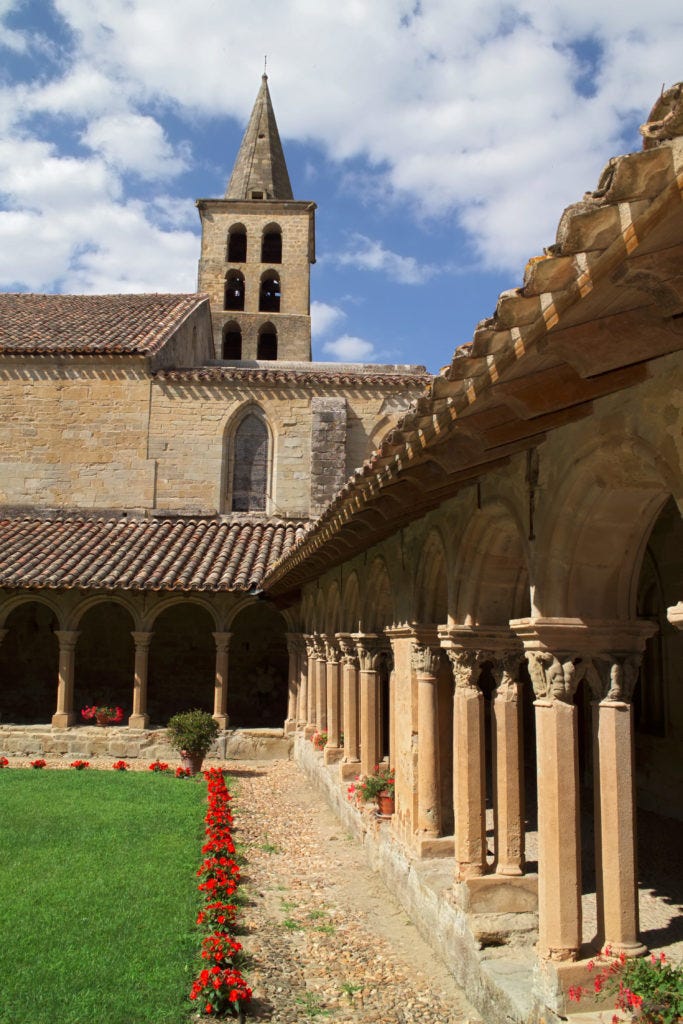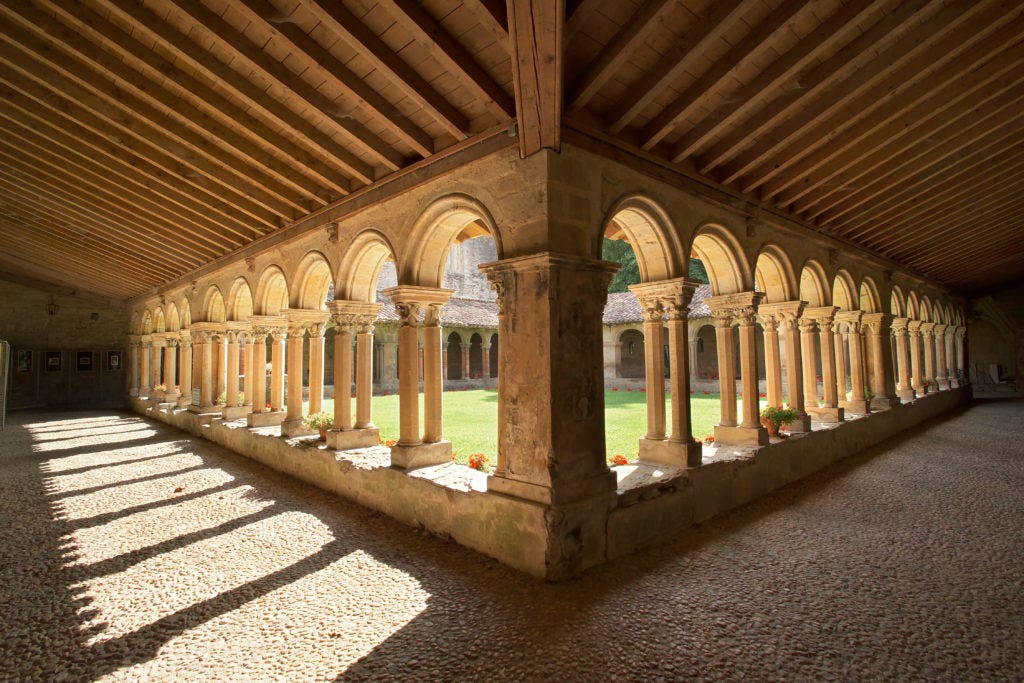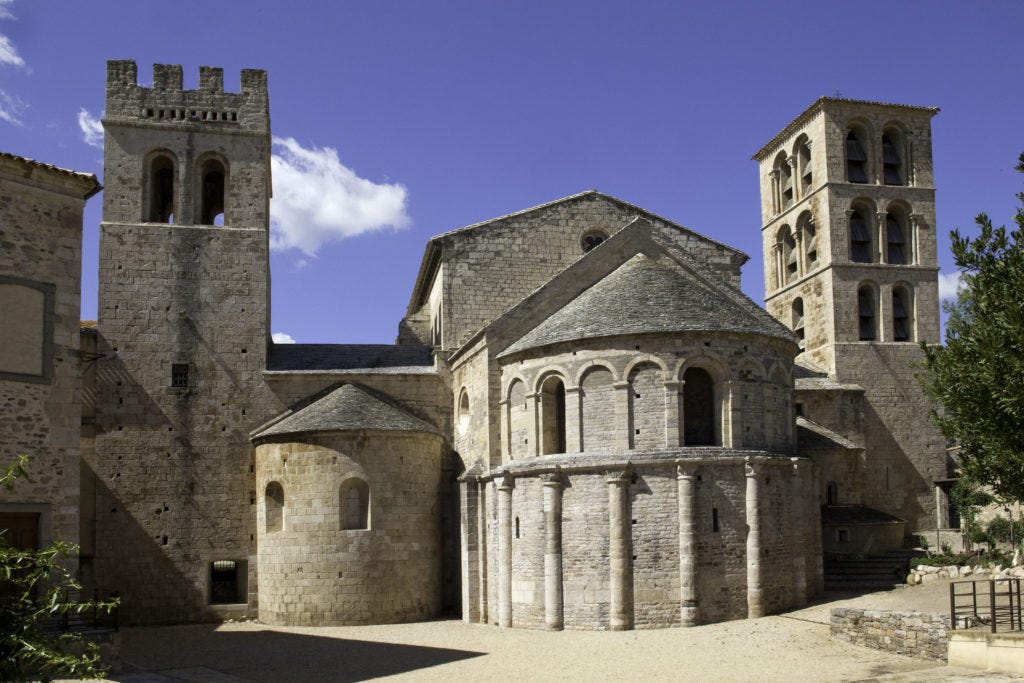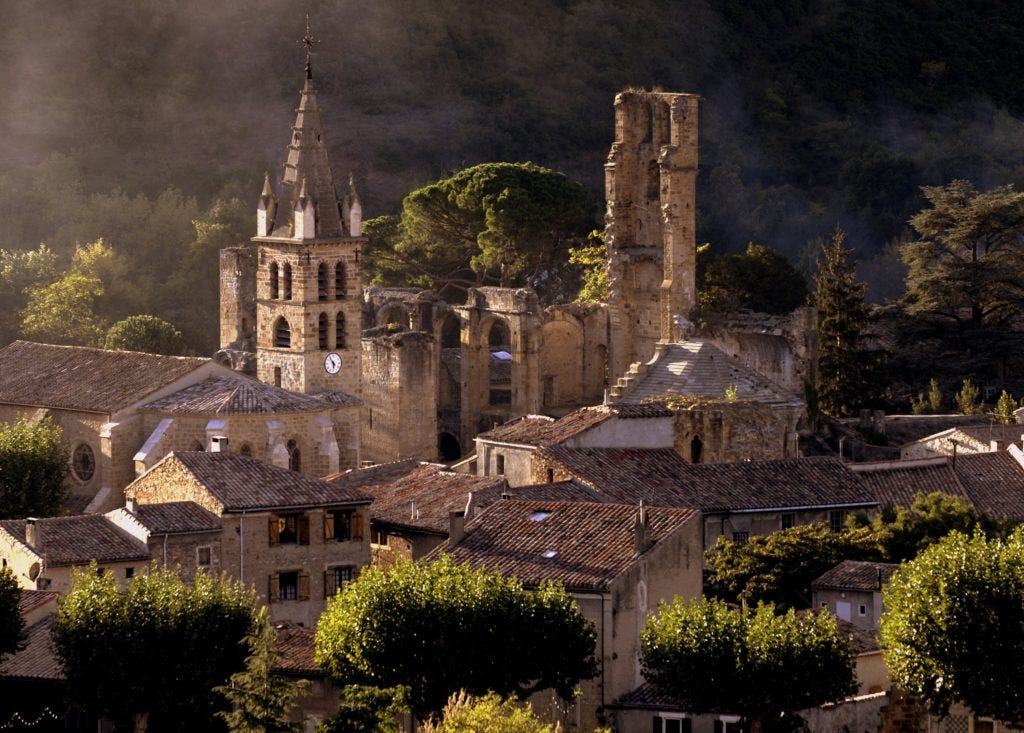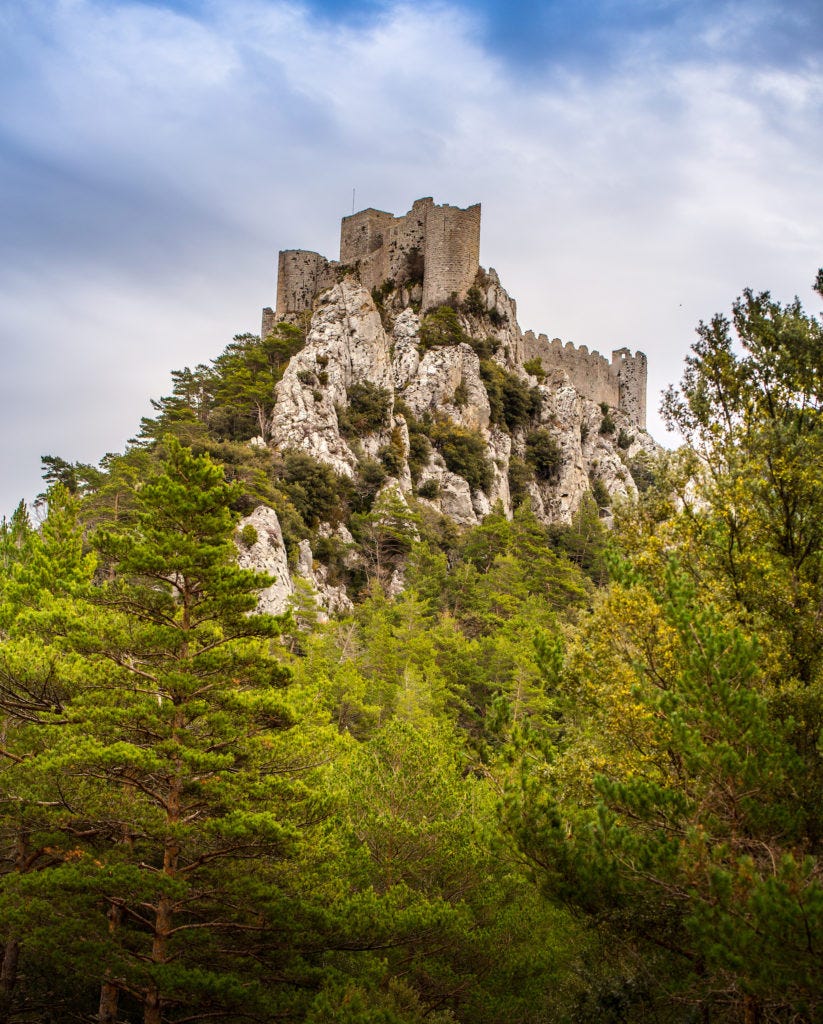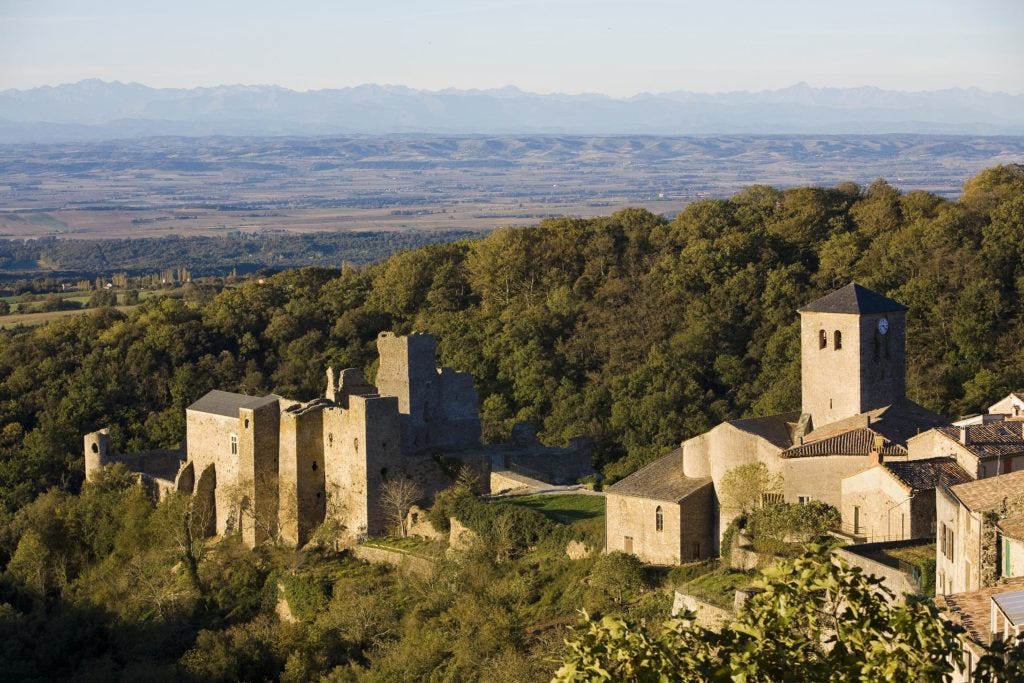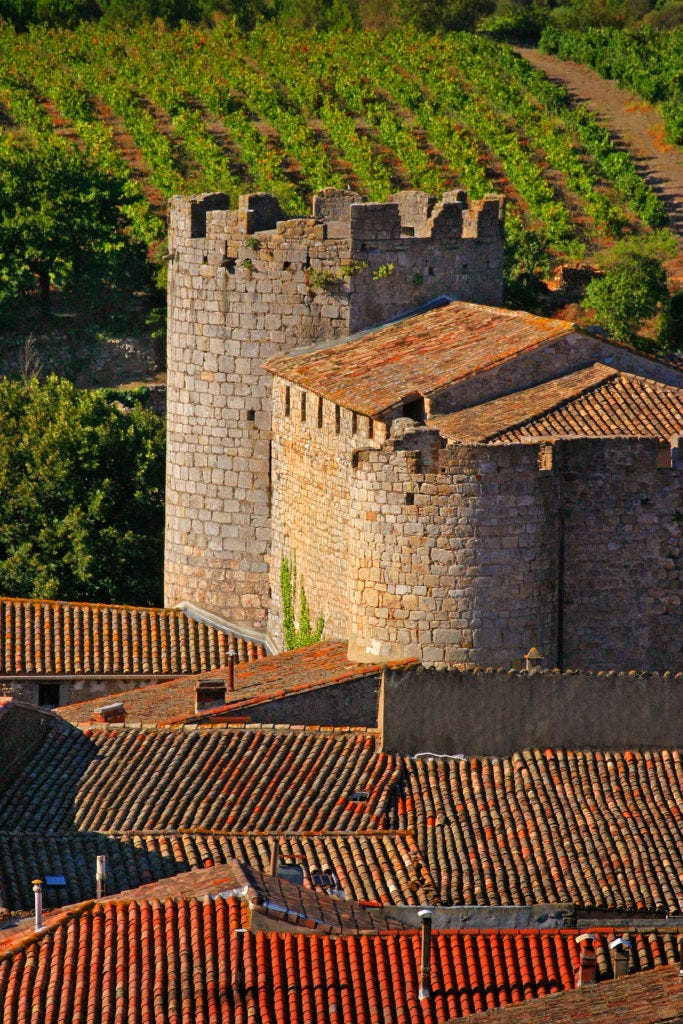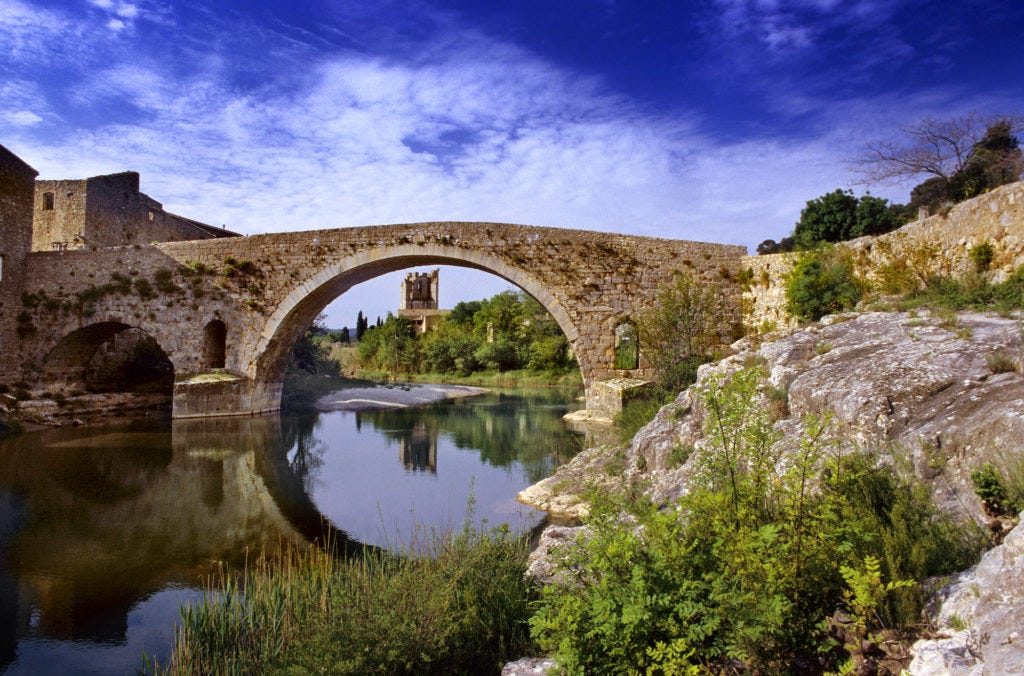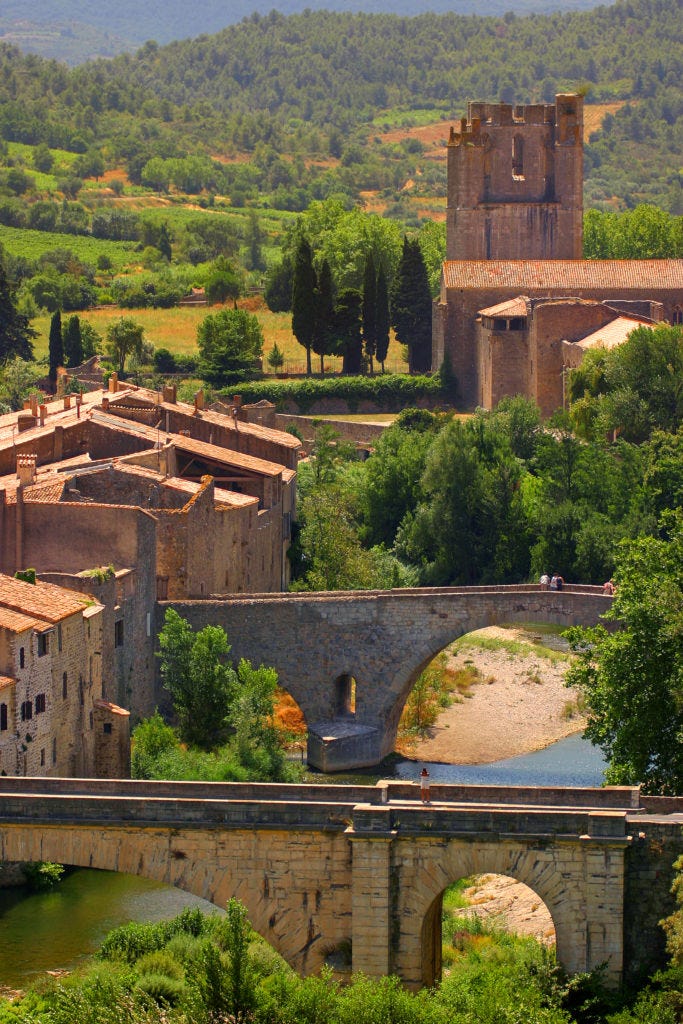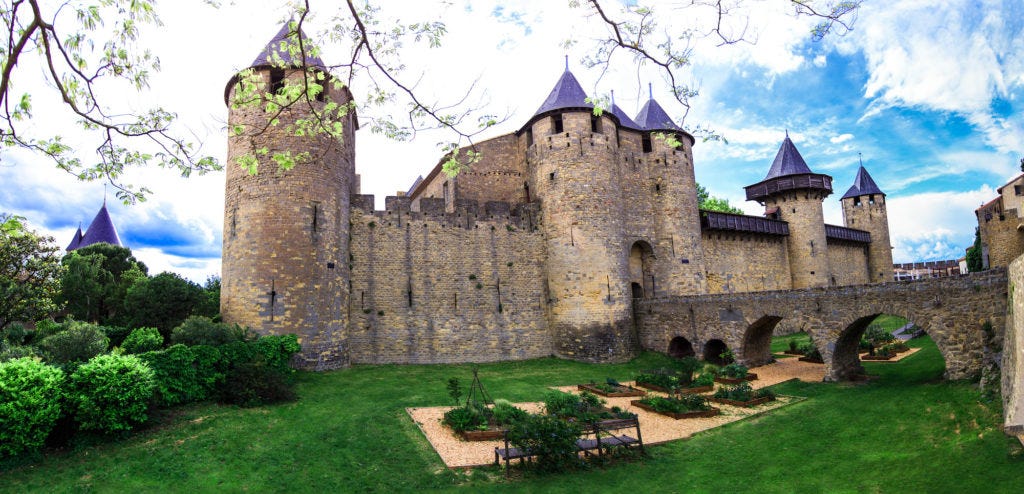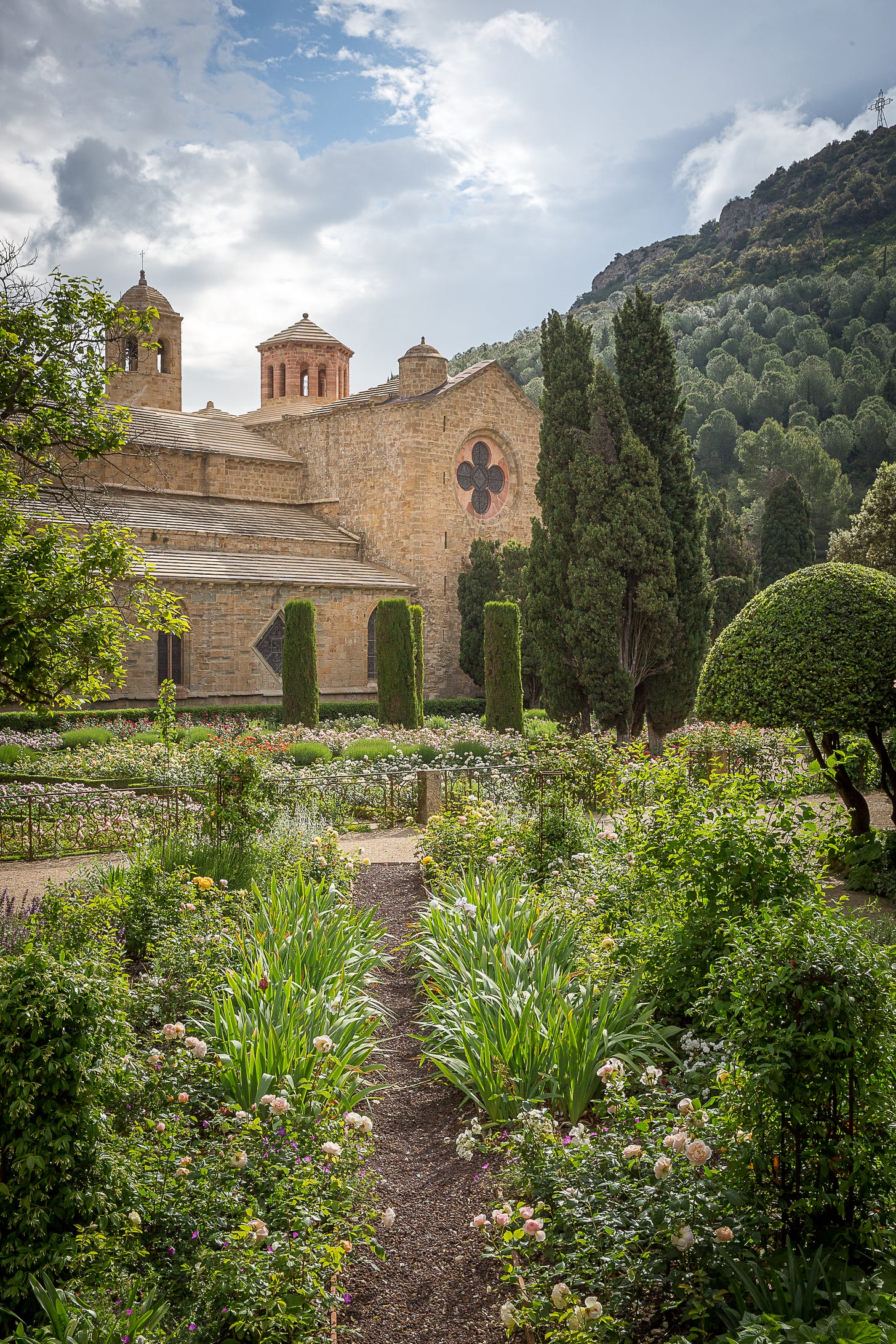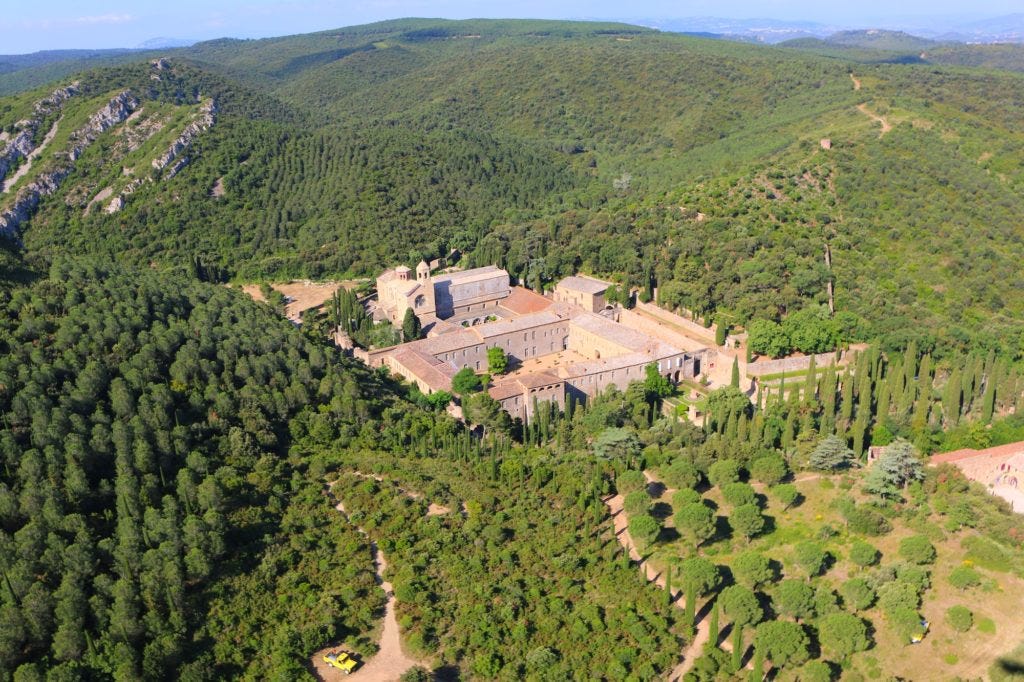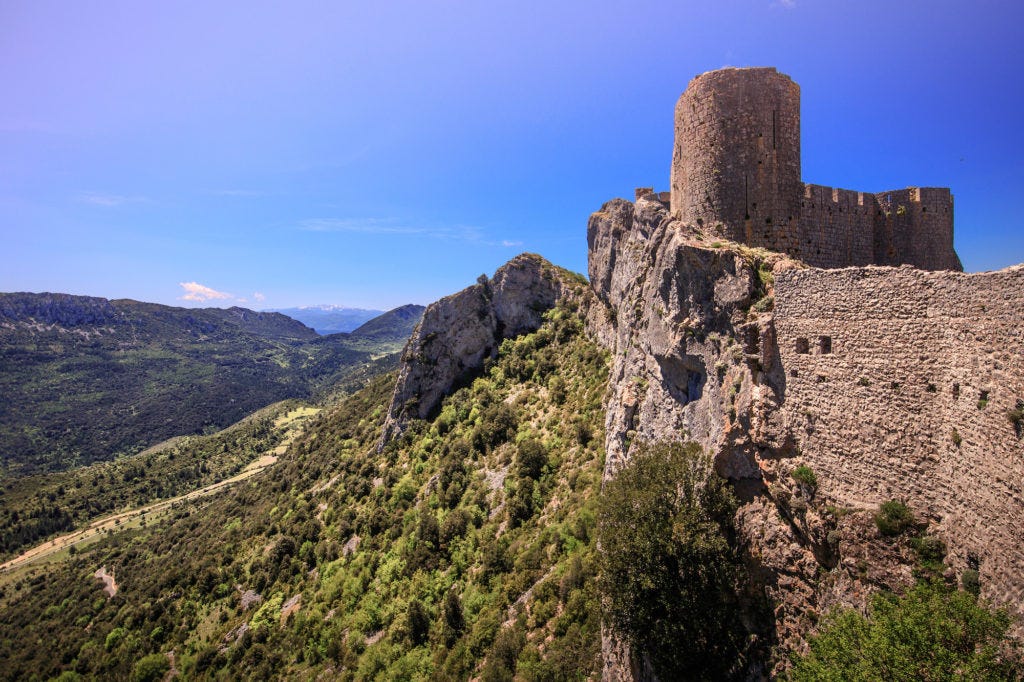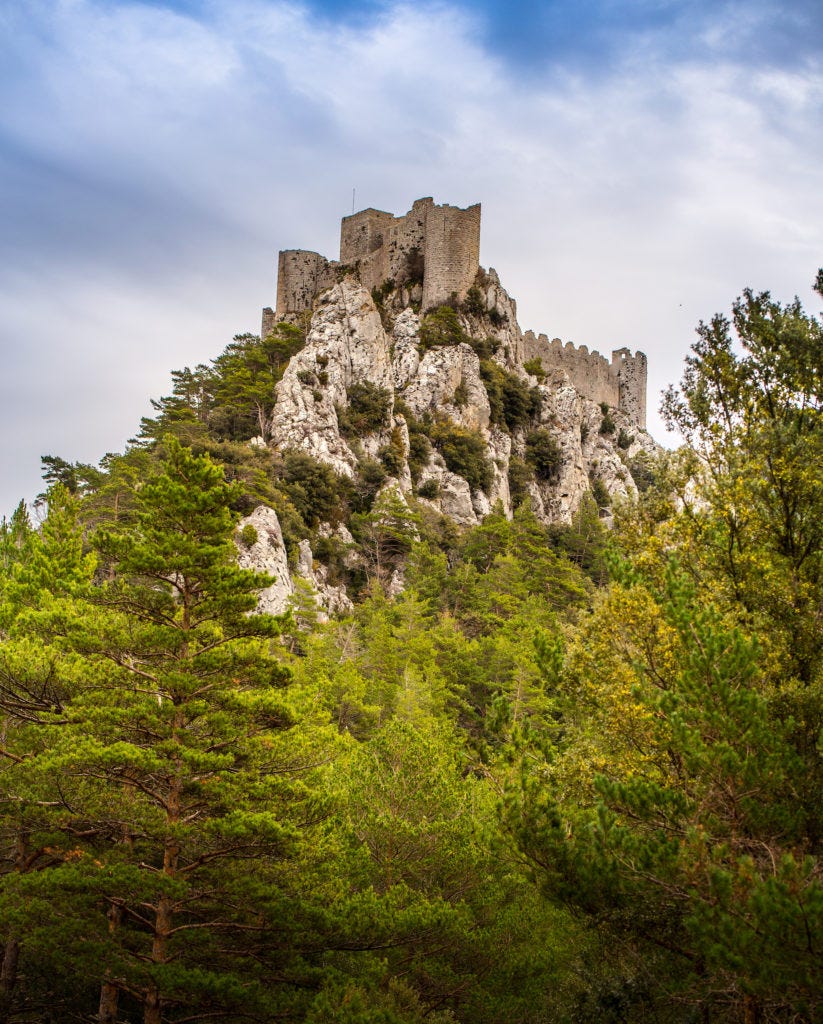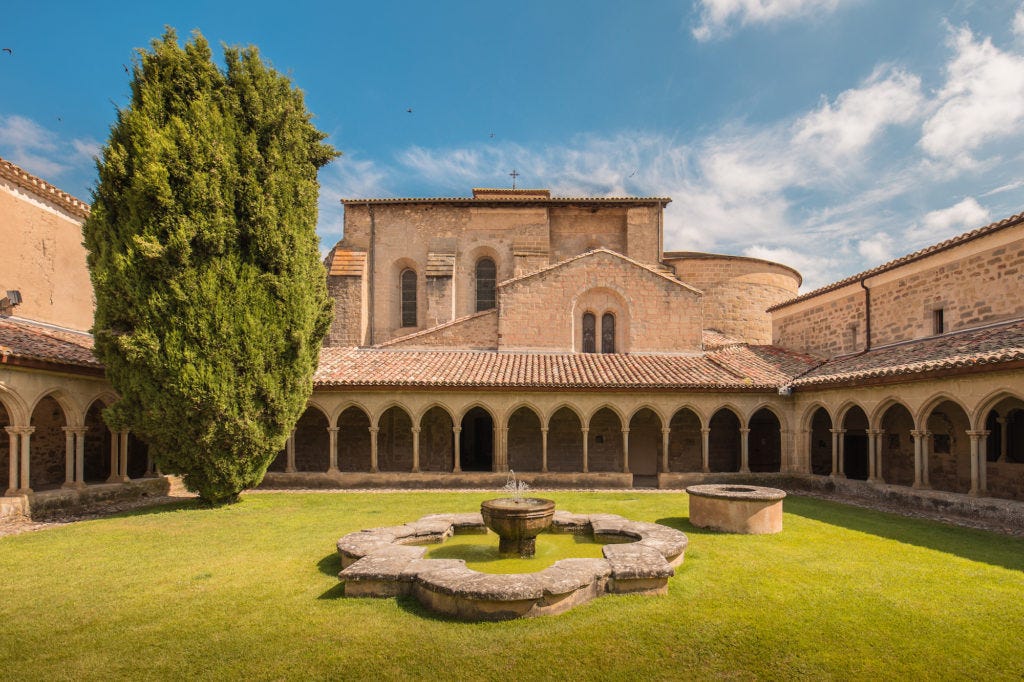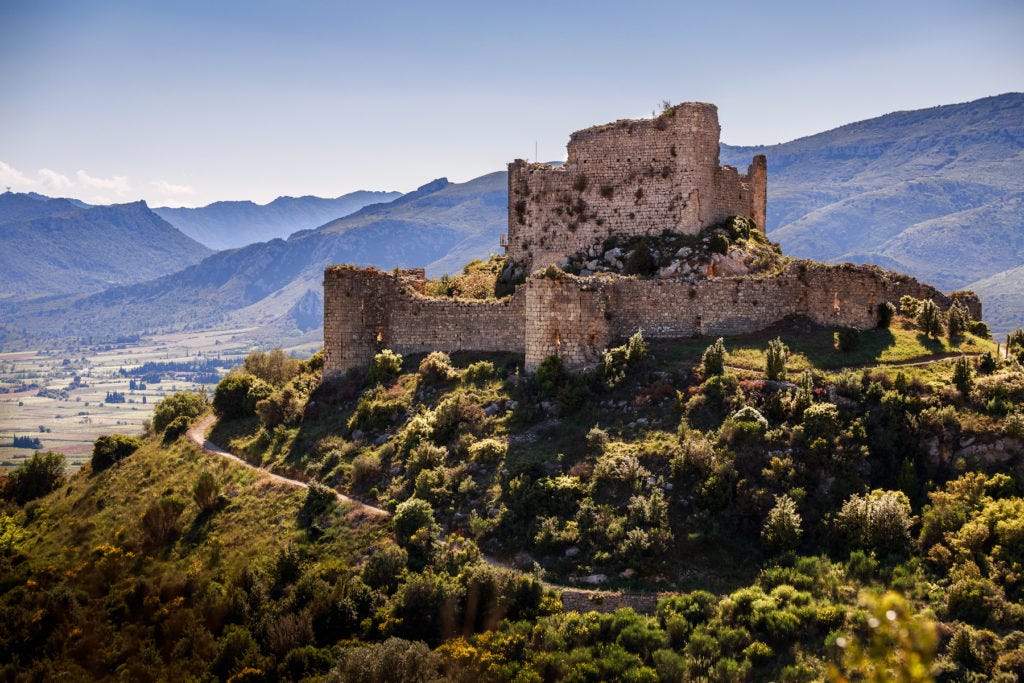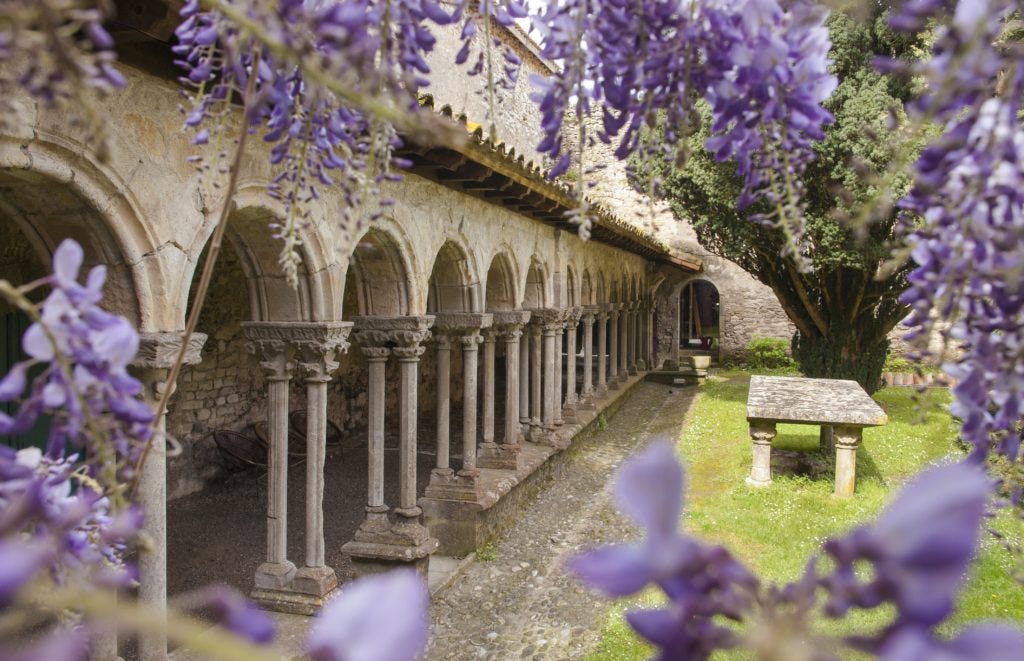On The Trail Of The Cathars In The Aude
Academics may debate their existence, but they are a central part of this region's identity and mythology.
I spent several weeks this fall exploring a controversy that echoed across the southwest of France: The question of whether the heretics known as the Cathars existed or not. You can read more about the discussion in my story for the Los Angeles Times:
A debate has erupted across this region in newspapers, tourism offices, and in research conferences following an academic exhibition that explored a more modern-day heresy: The Cathars never existed.
“People imagine that these people died as heroes, in defense of their faith and against corrupt powers,” said Alessia Trivellone, a history professor at Paul-Valery University in Montpellier who organized the exhibit. “They feel that the very idea of going back to investigate this painful story is unbearable.”
For locals, the Cathars are a tragic story of how Northern France invaded the South as part of a Church-sanctioned crusade to wipe out the Cathars and annex a semi-autonomous part of France:
“To people here, the crusade against the Cathars looks rather like a colonial war,” said Monique Boulze, who is in charge of promotion at the tourist office in Beziers, which was burned to the ground in one of the crusade’s most infamous episodes. “It’s something still present and alive in local history.”
Whatever comes from the debate, the Cathars are destined to remain an important part of the tourism draw to this region, particularly in the Aude Departement which has embraced the label "Pays Cathare." The tale is a fascinating and critical part of early modern European history, and the sites associated with the Cathars offer a stunning tour through the region's patrimoine and gorgeous landscape.
To learn more about the Cathars, you can visit see a list of sites here. You can also check out this trail that takes you through some parts of the Cathar region. In the meantime, you check out these photos of Cathar castles and abbeys that were provided courtesy of the Aude Tourism office.



